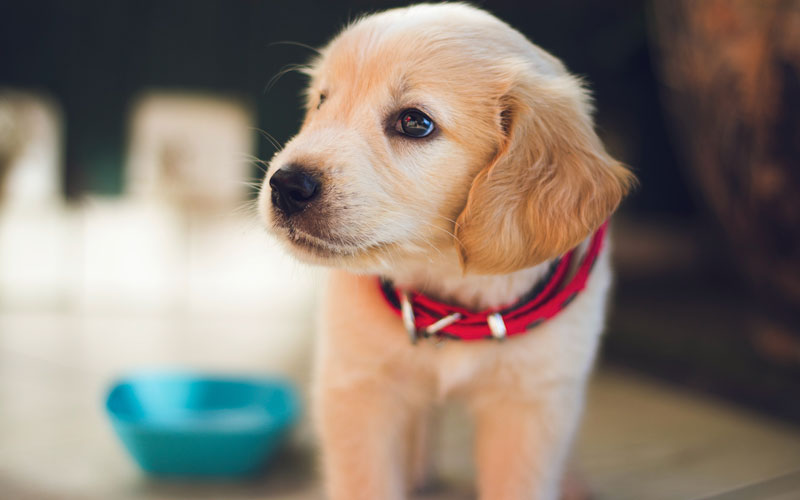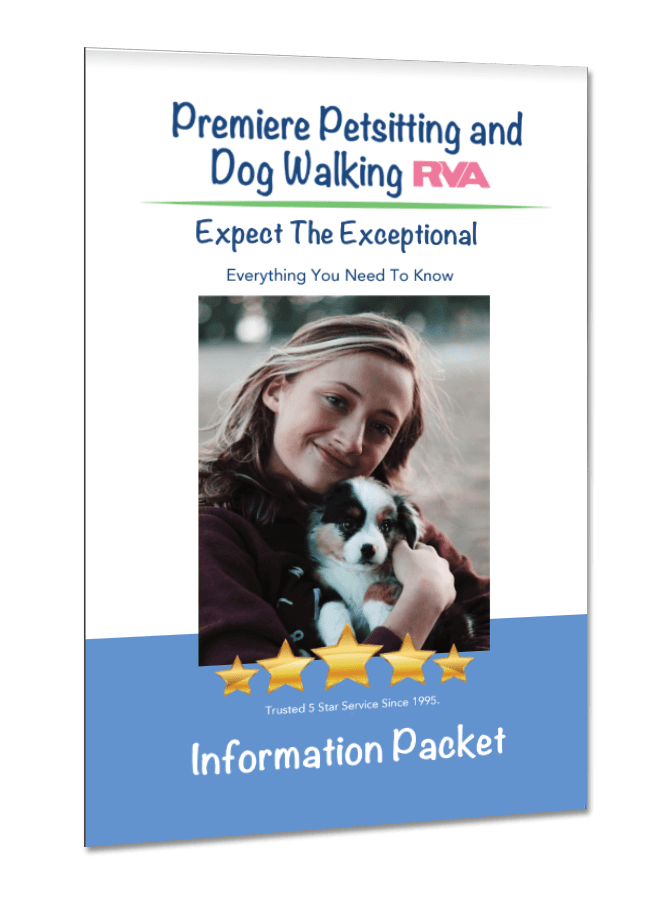The following is by Colleen Sedgwick
A couple of things before we get started… The key to training any dog, at any age is CONSISTENCY!
This process can, and will only work with a crate, it will not work without one! I know may people feel guilty about crating their puppies, but it is the best thing for them. A crate provides a ‘den’ for your dog. Think of it as a playpen for a four-legged baby. If you make it a positive place and process, crate training can be beneficial in so many ways! The den is a major part of a wild dog, or wolf’s upbringing, and is their safety zone. So, the same thing goes for the crate. Give “special” treats in the crate, to get your new pal used to it. The only time the pup gets these “special” treats is when they are in the crate.
The crate is a positive thing in your fur baby’s life…and yours! It can be used as a safe zone, or for time outs. By crating the puppy, while you are not home, and home, they’ll get used to the crate, and won’t worry that you won’t come home, or that they will be alone. This will eliminate most separation anxiety later in life…and trust me…that is a hard thing to get rid of!
Most puppies, and adult dogs, will not go potty in their “den”. The first few times the pup stays in the crate, there may be some accidents. If you use the separator, and give him just enough room so he can turn around, and lie down, following this process will solve that too. If you do not use the separator, the puppy will just potty at one end of the crate, and then lay at the other. This get too confusing for the pup, and you’ll now have to break him of this…on top of everything else! Also remember, under no circumstances should there be a towel, bed, toys or anything else in the crate during training. Plain and simple, the only way to break your pup is this way. Having towels or anything else in the crate, allows your puppy to pee and essentially mop it up with whatever is there, this avoiding any discomfort. The point is for Puppy to feel some discomfort should he pee in his crate, because if he needs to lie in it, he will be uncomfortable and will understand that he does NOT want his “home” to be a mess or uncomfortable. Just follow these directions, and crate training will be a positive experience for both you and your pup!
1. Consistency and repetition are key! I know, here I go again with this…but it’s true. Practice every day and you will ALWAYS see results.
2. Learn to control the tone of your voice. When giving a command, always use the same word, and same tone, in a long bossy voice “okaaaaaaaaaaaaaaaaay!” Whether you are using negative commands like ‘no’ and ‘off’, or positive commands like ‘good boy! Both tones need to be exaggerated in tone, NOT VOLUME.
3. There is one chance only to obey your command. Say it once, if he does not respond, immediately (and gently) show him the way.
4. Only give a command when your dog will most definitely do it, or YOU can most definitely correct it…immediately. If your dog is across the house and you ask him to sit and he doesn’t…by the time you have gotten off of the couch, chased him around the kitchen and stubbed your toe, the command has long since fled your pups mind. Not to mention, most people will just say the command, see that their dog doesn’t do it, and just give up. This makes this “word” or command VOID of definition to your dog, and also diminishes your training efforts. Either way set your pup and yourself up for success!
5. Only reward good behavior. If you say a command and your dog does NOT do it, like I said in #3, show him the way. Don’t just laugh and tell him he’s cute and give him a kiss. This will do the same thing I said in #4… it makes this word VOID of definition to your dog, and also diminishes your training efforts. Same thing will apply for jumping and training commands. If you laugh and hug your dog while he is jumping, he will never understand that it is bad behavior considering you are rewarding him with love and positive reinforcements. On a side note; never reward your dog for doing things that he SHOULD NOT be doing. For instance, when you are eating dinner and he’s not begging for food, do not tell him “good boy.” Only reward him for commands given and followed through.
6. Pick a word for a command and stick to it. It can’t be ‘outside’ or ‘want to go out’ It is one or the other so pick one and stick with it. This is one of those consistency things again.
7. Praise or reprimand ONLY while they are doing something good or bad. I recommend training with positive reinforcements and firmly believe in rewarding good behavior and ignoring bad behavior, given that both are ploys for puppies and dogs to get our attention. However, as a human there will be instances from time to time where you just can’t bite your tongue! If you come home to a puddle and you reprimand your dog, they will have no idea what you’re so upset about. In fact, they may just think that you’re mad that they are wagging and excited to see you since that’s your reaction upon entering the room. On the flip side of things, if you do catch them in the act, monitoring your tone, you can give a reprimand…this way you are discouraging bad behavior. Now mind you, ignoring is just as bad as a ‘bad boy’ to a dog. Remember when I told you that giving the cold shoulder and not playing is the worst thing ever to a puppy? There was something to that. And of course vice versa. When you come home and there is no puddle, a “good boy” just isn’t necessary. However, when you bring your pup out to potty and he goes, a positive reinforcement is absolutely in order, this way you are encouraging and rewarding his good behavior! See how these commandments build? Marvelous!!!
8. Stay CONSISTENT. Yes, I DO realize that this is #1, and no I am not in need of space filler. Staying consistent is as important if not more important than keeping the training consistent. What I mean is that even after your puppy is trained, you still need to stay consistent with his potty schedule. Just because they are now crate and potty trained does not ever mean that it’s OK to A: leave them alone for long periods of time and B: leave them for long periods of time and not expect an accident. Once you have established a schedule that works for both you and your puppy stick to it! If you need help managing the time during the day, get your puppy a dog walker. This also goes for training your dog commands. Once they know them, set time aside to practice them! Don’t train them, then months later expect them to be perfectly trained. Dogs love to have a job, and practicing their commands with them builds their confidence, helps them to feel like they have a job and is such a wonderful way to bond. Practice!
9. Be patient. You weren’t trained in a day either. Be patient with your puppy. With consistent patience, guidance and love he will understand and it will all come together.
10. Love your puppy, and he will ALWAYS love you. Once your puppy has not had any accidents for 14 consecutive days, you have succeeded!



0 Comments